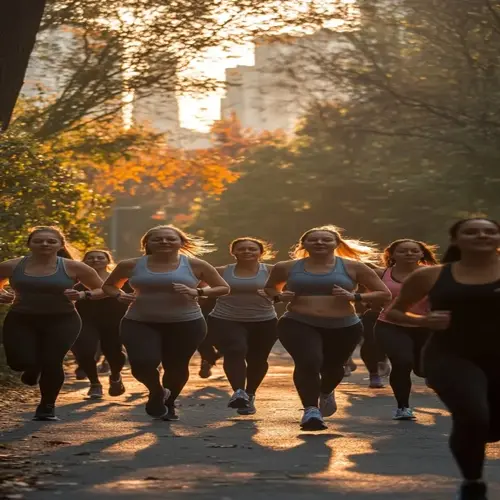How long before bed should you block blue light?

Written by
Chen Jialiang
Reviewed by
Prof. William Dalton, Ph.D.To achieve the greatest sleep benefits, blue light blocking in the hours preceding sleep must be carried out with precise timing. Chronic blue light protection, starting at least two hours before sleep, when melatonin levels naturally rise to prepare the body for optimal sleep, is most beneficial. Two hours of blocking should also offer better support for the circadian rhythm.
Two-Hour Minimum Rule
- Begin blocking 120 minutes before target sleep
- Allows melatonin to reach optimal levels
- Matches natural sunset-to-sleep biological patterns
Light Reduction Protocol
- Combine glasses with dimmed room lighting
- Switch devices to grayscale mode
- Use blackout curtains for complete darkness
Consistency Benefits
- Regular timing trains circadian rhythm
- Improves sleep onset speed over time
- Reduces next-day fatigue significantly
Red lenses offer the best overall protection during this sensitive time. They block more than 90% of melatonin-disrupting wavelengths. I put on my red glasses promptly at 8 p.m. if I plan to go to bed at 10 p.m. This practice provides a consistently deep sleep in a matter of days.
Children require earlier blue light restriction than adults do. Initiate this restriction in childhood to support their developing circadian rhythms, at least three hours before bedtime. Teenagers will benefit from regular device cutoffs at 9:00 pm or before. Having the entire family involved will help support sleep schedules in the home.
Workers on non-standard hours require adjustments in timing strategies. Night shift workers need to decrease blue light exposure before daytime sleep. After night shifts, they should utilize blackout curtains and wear red lenses. These strategies simulate nighttime signals of darkness, even with irregular work schedules.
Read the full article: 10 Best Blue Blocking Glasses Unveiled

